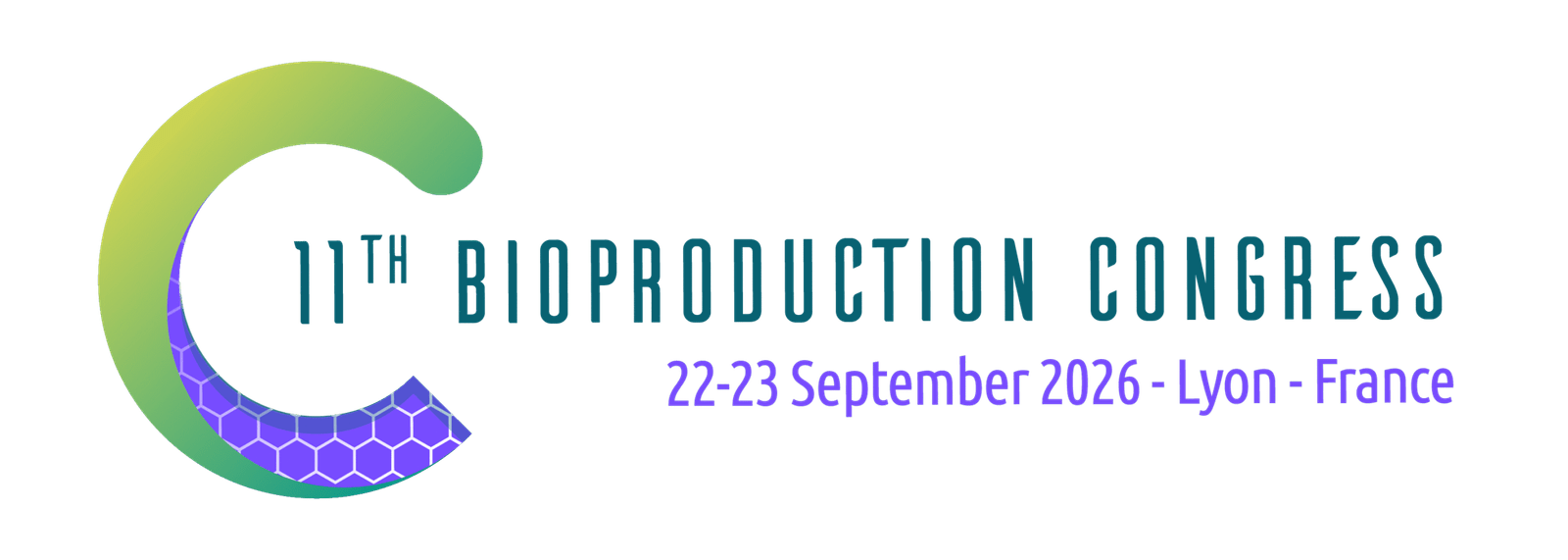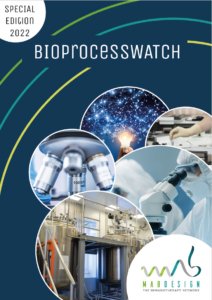BIOPROCESSWATCH
SPECIAL EDITIONS OF THE BIOPROCESSWATCH DEDICATED TO THE BIOPRODUCTION CONGRESS (BIOPC)
Since 2022, MabDesign publishes the meeting report of the Bioproduction Congress as a special edition of the BioprocessWatch.
In early 2024, a new edition of this series was released, entirely dedicated to the highlights of the 8th Bioproduction Congress (BIOPC2023) that took place on October 5-6, 2023 in Lyon, France. This document contains a summary of the Keynote lecture, of the plenary talks and of breakthough innovations presented during the congress around the theme Accelerating BioPharma Development for Patients.
We would like to thank all the sponsors, exhibitors, speakers, scientific advisory board and participants who contribute to the success of the Bioproduction Congress (BIOPC).
If you would like to learn more about MabDesign Watchs, click HERE.




